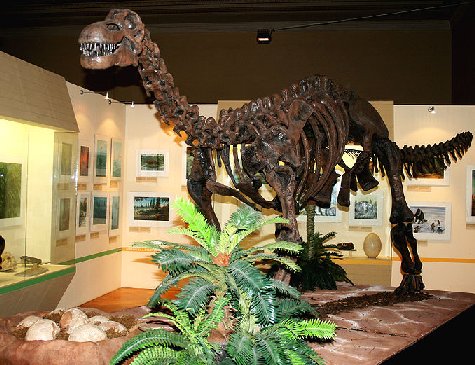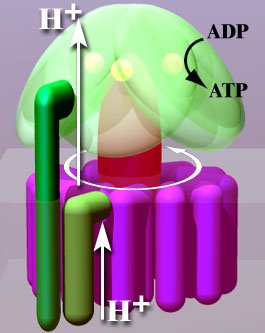
If a display of dinosaurs or dinosaur skeletons includes plants, it usually shows the dinosaurs walking among ferns or cycads, like the picture shown above. There usually aren’t any grasses in the display. Why not? Because according to the geological column, grasses and dinosaurs didn’t live at the same time. After all, dinosaurs mostly died out by the end of the Cretaceous period, which was supposed to have closed about 65 million years ago. According to You Are Here: A Portable History of the Universe, grasses didn’t evolve until much later:1
Rabbits and hares appear 55 million years ago. The Himalayas begin to rise 50 million years ago. The face of the earth looks recognisably as it is now, except that Australasia is attached to Antarctica. Bats, mice, squirrels, and many aquatic birds (including herons and storks) appear during this period, as do shrews, whales, and modern fish. All major plants make their appearance and grasses evolve.
Notice how certain the author is. He is telling you the story of the history of life as if he is watching it happen. According to his “observations,” grasses didn’t evolve until about 50 million years ago, long after the dinosaurs went extinct.
This kind of certainty is rampant in evolutionary writings. For example, The Encyclopedia of Earth tells us:
The evolution and spread of grasses UNDOUBTEDLY resulted from their ability to adapt to seasonally dry habitats created as tropical-deciduous forests developed in the Eocene (58 to 34 mya, million years ago). Considering their importance and taxonomic diversity, grasses have a relatively poor fossil record. While the earliest potential fossil grass pollen was described from late Cretaceous sediments, the oldest reliable megafossil grass fossils were spikelets and inflorescences from the latest Paleocene (about 58 mya). These were PRIMITIVE proto-bamboos with broad leaves, QUITE UNLIKE the narrow-leaf modern grasses of desert grasslands and deserts. (emphasis mine)
Of course, as is often the case, current research is demonstrating just how wrong this evolution-inspired reasoning is.
Continue reading “Yet Another Failure of “Geological Column” Reasoning”



